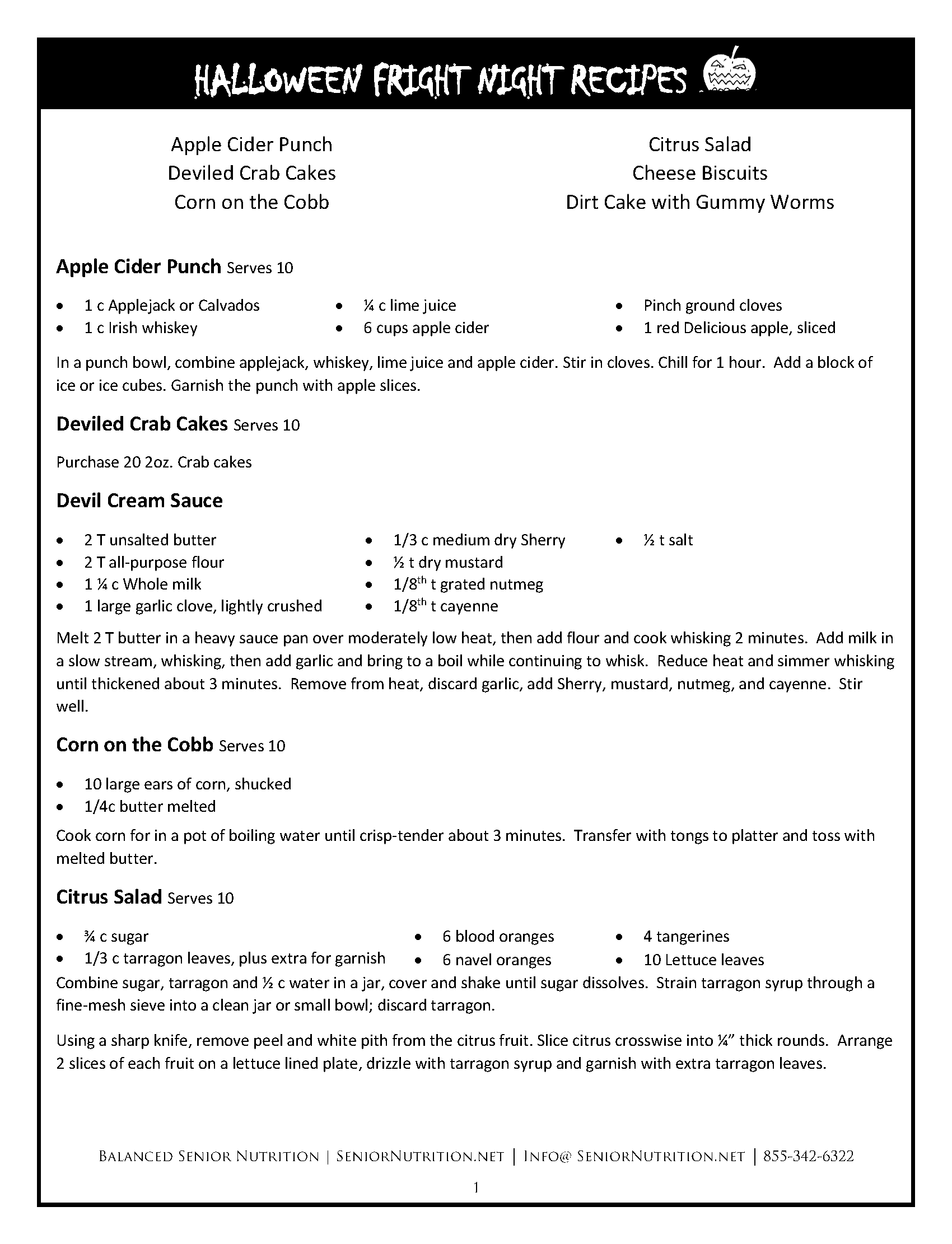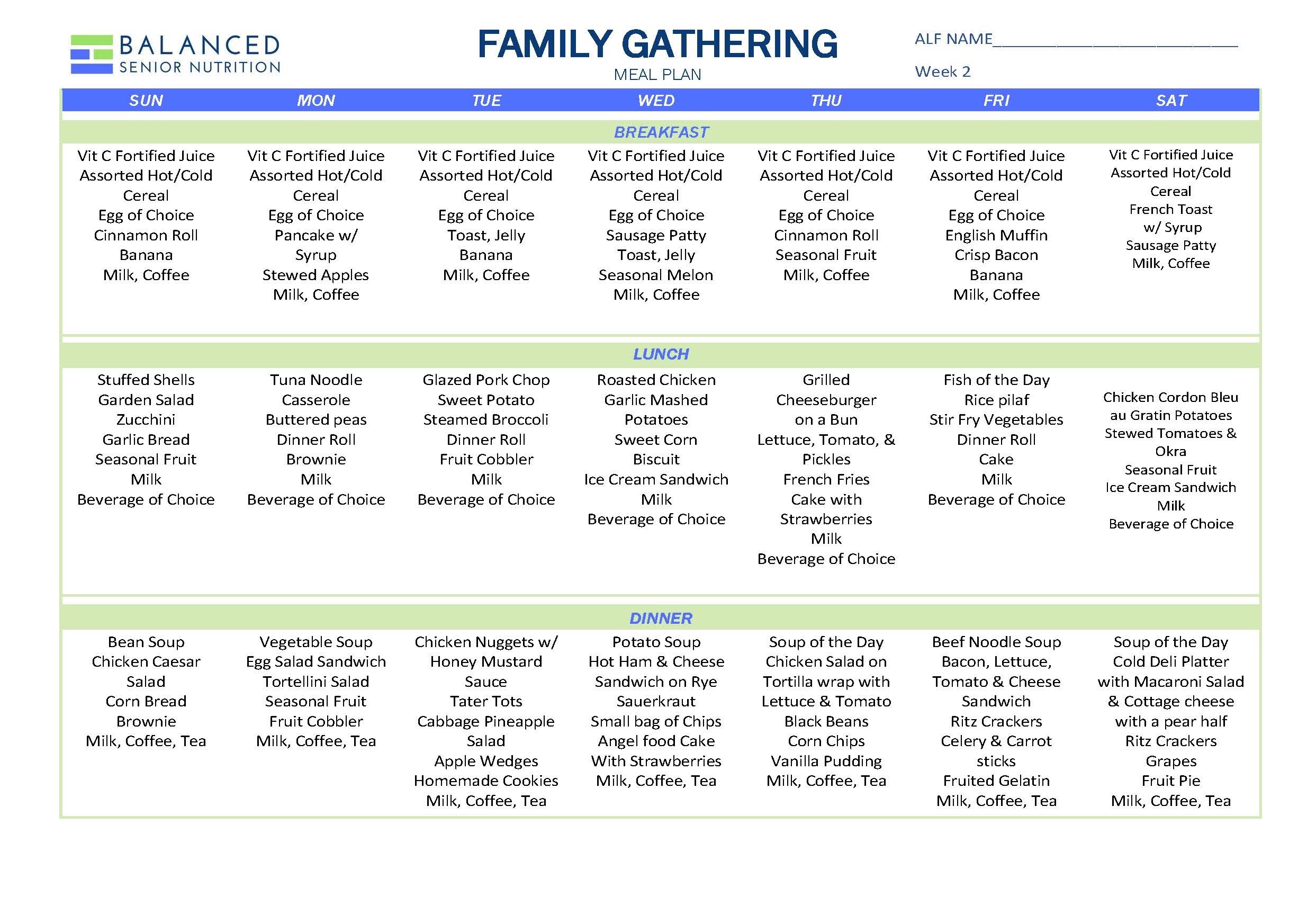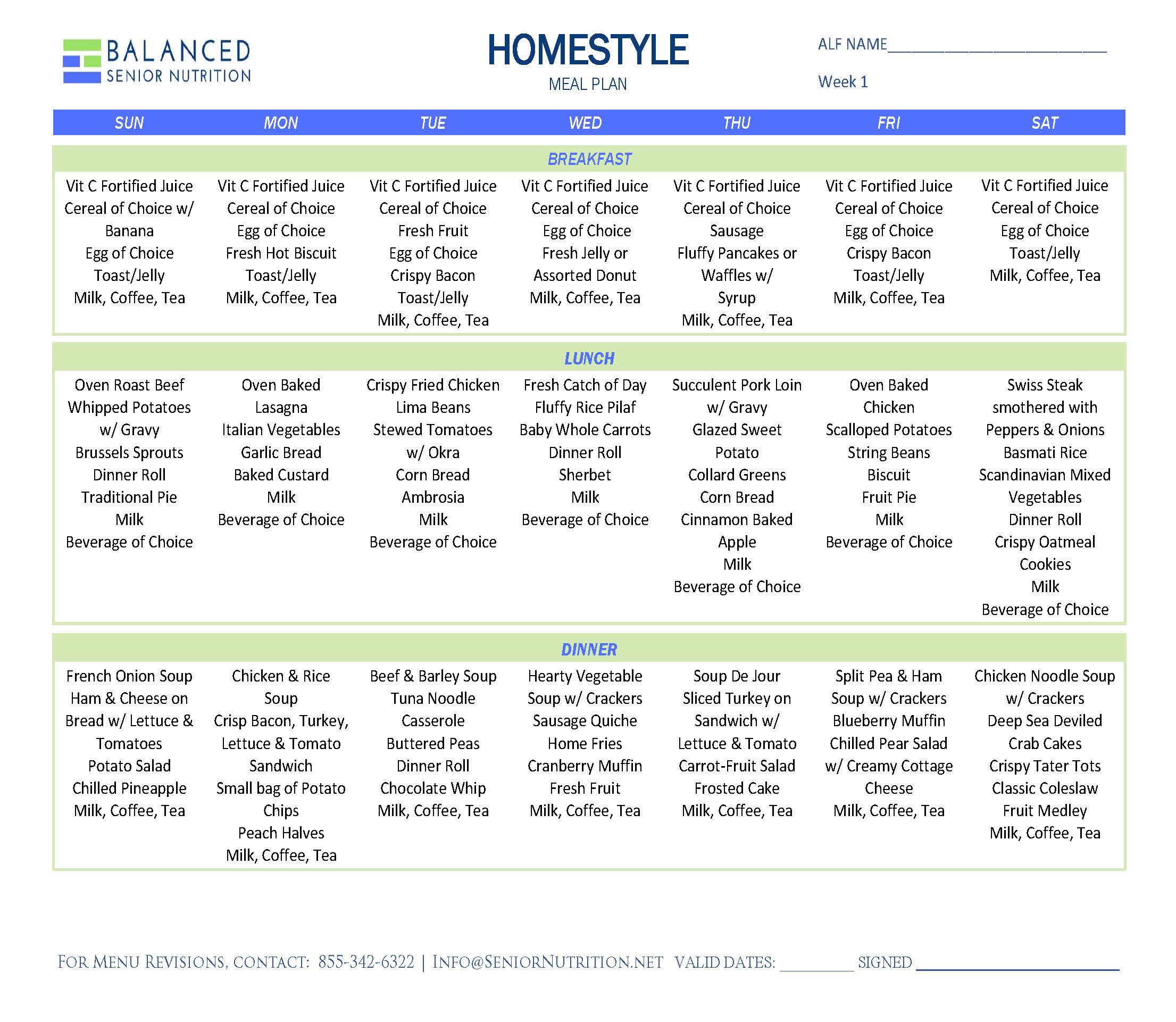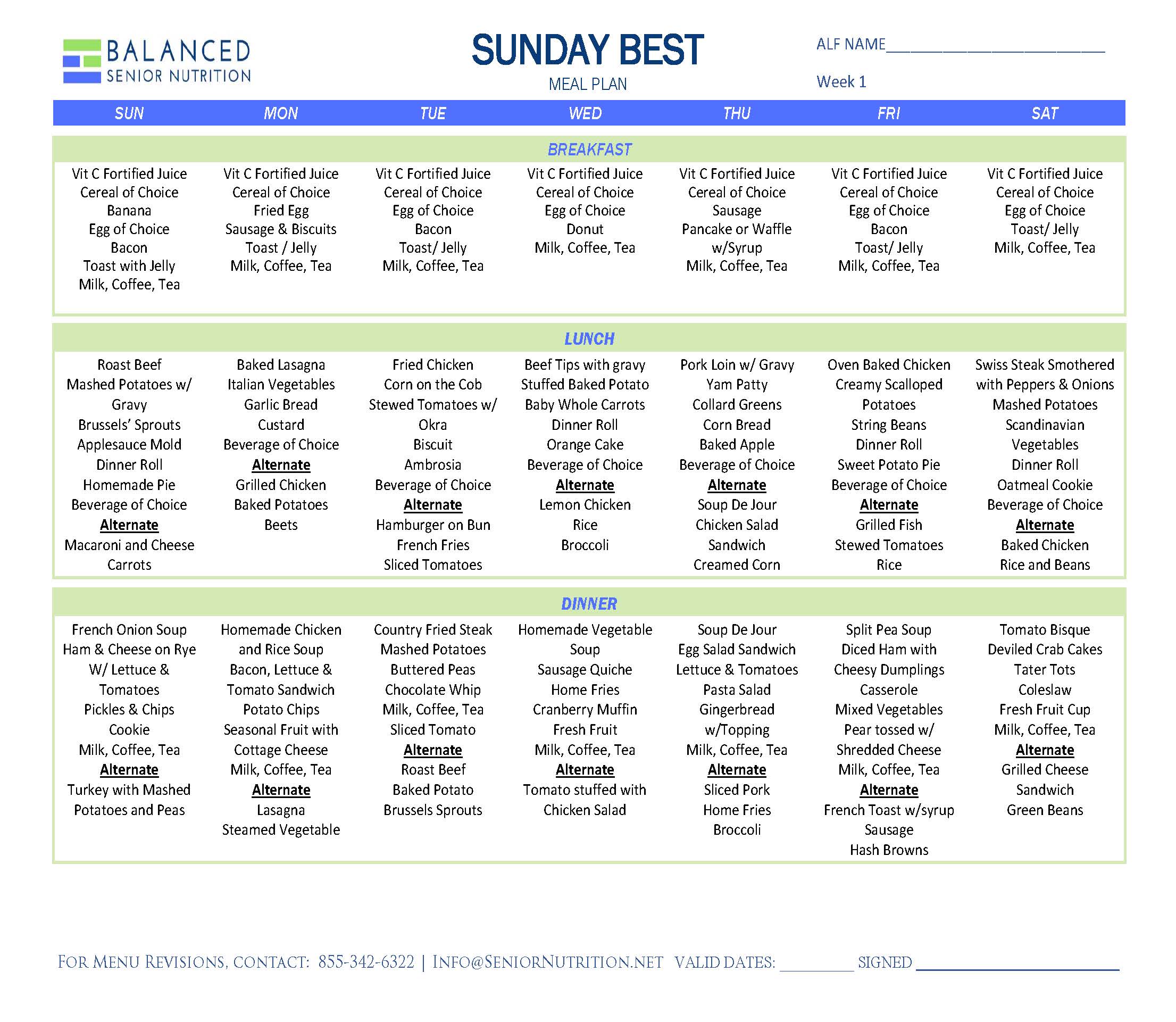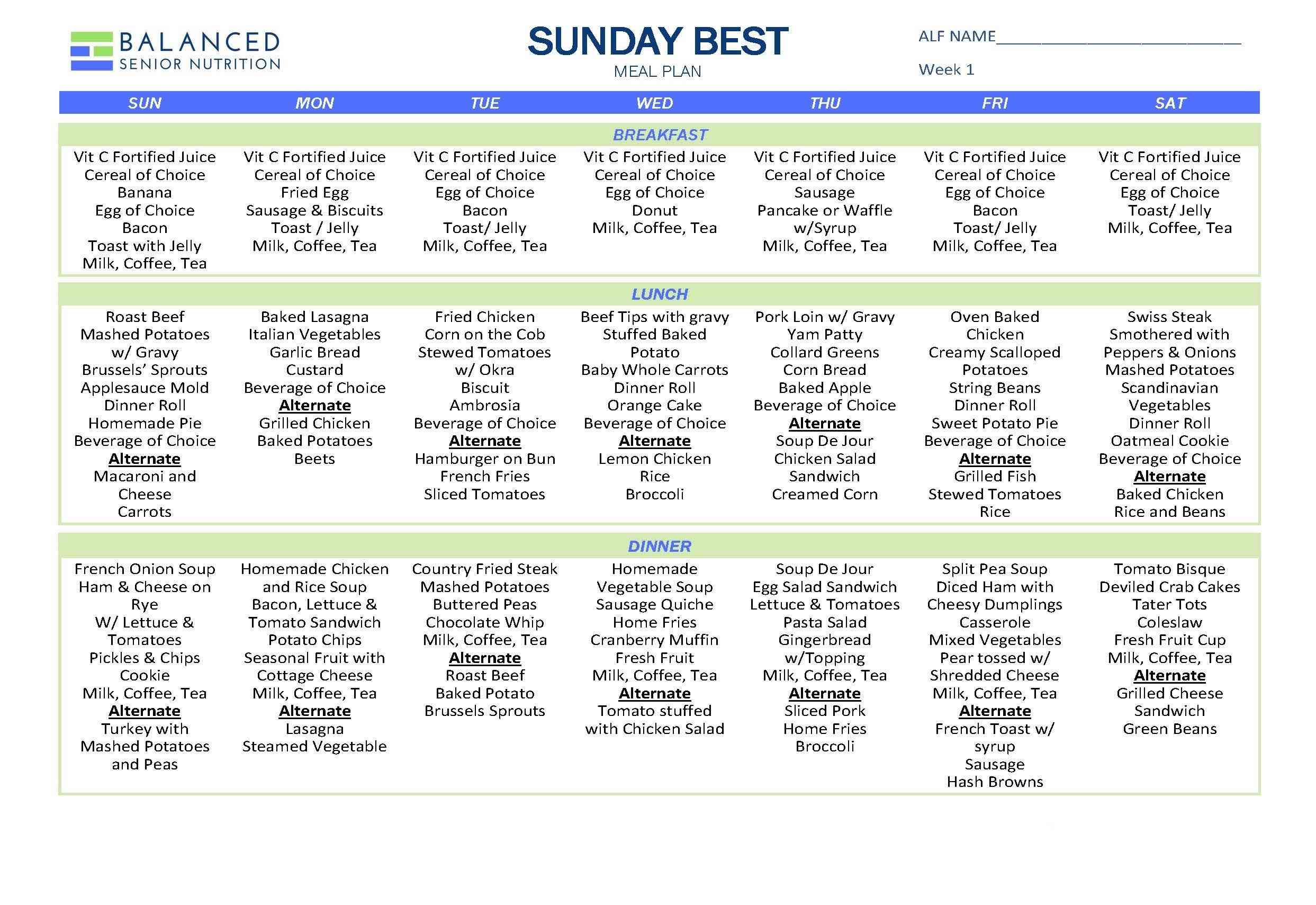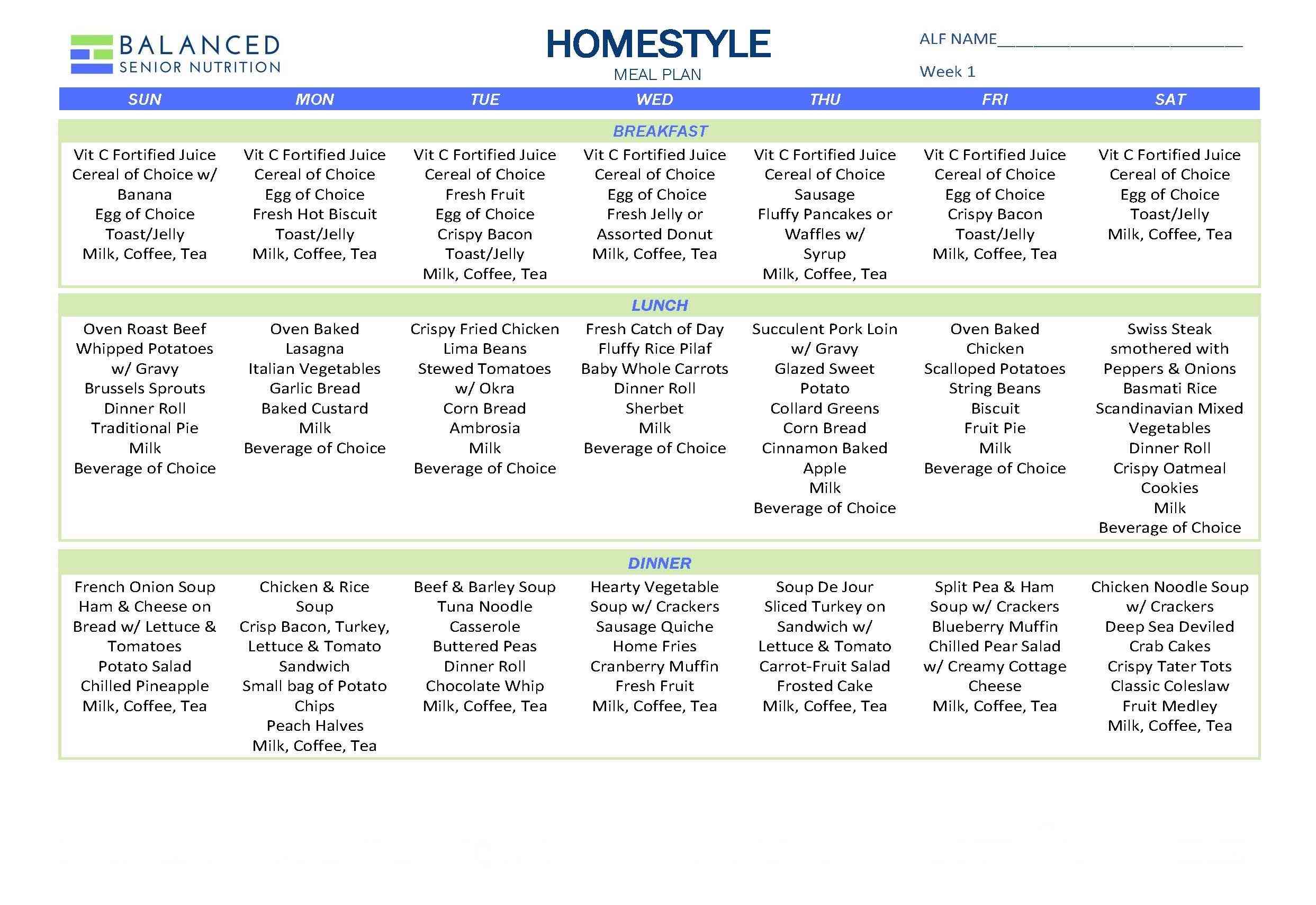
Good nutrition is not only about getting enough calories and nutrients into a person’s body. Good nutrition is about “how” people eat as much as it is about “what” people eat. Food just doesn’t sustain the body; it comforts the soul. As human beings, we enjoy interacting at mealtime and that does not change after a person enters a long-term care community. With that in mind, here are three proven ways to promote good nutrition.
#1: Serve foods at proper temperature
No one likes to eat hot foods lukewarm or cold foods at room temperature. In fact, if it happens at a restaurant, a patron may give a one star review on Yelp or refuse to pay for the food or simply never come back to the place. That’s why successful restaurant owners put timely service at the forefront of the dining experience. But residents don’t have the option of never coming back. That’s why it’s up to us to take a hard look at the dining experience in our communities and try to create service that truly provides appealing foods at proper temperatures.
#2: Recognize food and mealtime preferences
We all fondly remember occasions when sharing a good meal with family and friends was comforting. Those feelings don’t change when a person lives in an aggregate community. If anything, food and companionship becomes more important. Giving elders meaningful meals is about getting to know what, when and where a person wants to eat. To gather that information, you need a way to learn what a person’s dining preferences are and use that information as a guide for creating a plan of care that individualizes meals. This should not be a simple checklist of likes and dislikes of food, but a comprehensive examination of a person’s history and habits of eating, including:
-
-
- The portion of food a person wants to be served
- Their favorite time to snack
- If any help is needed eating or drinking
-
To make it easier for you to gather all the information, we would like to offer you our Dining Preferences form that covers all the bases when it comes to finding out when, where and what your residents want to eat.
#3: Liberalize diets whenever possible
Often residents coming from a hospital stay will have orders for a restricted diet. But once the resident is in your community, your care team can create a new diet plan that honors the person’s desires. This transition to a more liberal diet can wake up the taste buds of your residents, enhance their food intake and their overall wellbeing. After all, they’ve been eating hospital food!
We have written a manual, published by Health Professions Press, on how to safely transition your residents to a liberalized diet.


